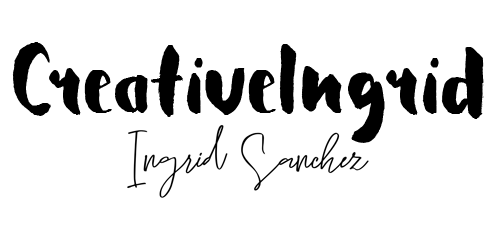Natural Brushes vs. Synthetic Brushes in Watercolor Painting
Embarking on your watercolor journey feels like stepping into a realm of boundless creativity. However, amidst all the excitement, selecting the right brushes can feel a tad overwhelming. With various shapes, sizes, and bristle types to consider, where do you begin?
Let's simplify things: there are essentially two types of brushes—natural and synthetic. Natural brushes are crafted from animal hair, while synthetic brushes are man-made. Each boasts its own advantages and drawbacks, and the optimal choice hinges on what feels most comfortable for you.
In this blog post, I aim to explore the differences between these brushes, empowering you to choose the perfect one that aligns with your style and enhances your painting experience.

Natural Watercolor Brushes
Crafted from animal hair, such as sable, squirrel, goat, or hog, natural watercolor brushes have stood the test of time. Artists have favored them for centuries owing to their outstanding performance and capacity to hold and disperse water and pigment with precision. Below, we delve into the key characteristics, advantages, and disadvantages of natural watercolor brushes:
| PROS |
|
| CONS |
|
Synthetic Watercolor Brushes
Synthetic watercolor brushes are crafted from man-made materials such as nylon, polyester, or a blend of synthetic fibers. These brushes have gained popularity in recent years due to advancements in manufacturing techniques, providing an alternative to natural brushes with their own set of advantages and drawbacks. Let's take a closer look:
| PROS |
|
| CONS |
|
My Personal Choice
As a watercolor artist, I gravitate towards synthetic brushes, particularly when I'm crafting various botanical shapes. With a round brush and an oval wash in my hand, there's little I can't bring to life. They are also great to work with masking fluid, as you may know, one of my favourite techniques.
For painting expansive washes or applying a final glaze, my go-to tool is the Hake brush. Crafted from soft goat hair bound together in a wide, flat shape, these brushes hold ample water and make painting large pieces an absolute delight.
If you want to learn more about my selection of brushes and how I used them, check my online workshop: Master Class No.2 Watercolor Brushes.
Recommended Workshops |
 |
 |
In Conclusion
Deciding between natural and synthetic watercolor brushes hinges on your personal preferences, budget, preferred medium, and painting style. For beginners, synthetic brushes offer a budget-friendly option that provides accessibility and versatility. Conversely, if your primary focus is on oil paints, natural brushes deliver traditional performance, albeit at a higher cost.
Ultimately, both types of brushes have their advantages and can enhance your watercolor painting experience in different ways. Whether you're embarking on a new artistic project or are a seasoned painter, selecting the right tools is essential for achieving your goals and obtaining the best results.
